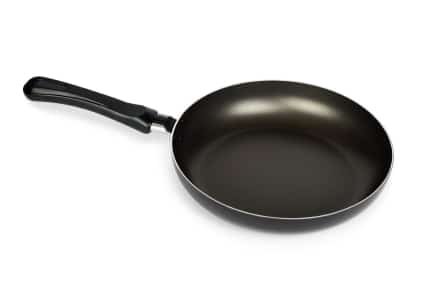 Have you ever picked up a fish? How did it feel? Slimy? That slime or gel layer is an example of a glycocalyx. Glycocalyx means “sugar coat”. So what does glycocalyx have to do with cardiovascular health? Well, recently researchers have found that there is a delicate gel lining inside our arteries.
Have you ever picked up a fish? How did it feel? Slimy? That slime or gel layer is an example of a glycocalyx. Glycocalyx means “sugar coat”. So what does glycocalyx have to do with cardiovascular health? Well, recently researchers have found that there is a delicate gel lining inside our arteries.
This gel lining is a chain of special sugar molecules connected to proteins providing a protective barrier for the inner wall of arteries. When healthy it prevents cholesterol from building up in our arterial walls. In other words, the glycocalyx is a gel-like shield for the endothelium or inner layer of arteries.
Glycocalyx: the Teflon® Coating of Arteries
Probably the easiest way to describe the glycocalyx of arterial walls is to make an analogy to the Teflon® coating of a pan. When intact and pristine the Teflon® coating prevents foods from sticking to the pan. The glycocalyx in the body does the same thing – it prevents cholesterol from “sticking” to the arterial walls. But, it also helps move cholesterol and other things along flowing through the bloodstream – it kind of sweeps things downstream.
The problem, though, is over time this protective coating breaks down, but it can repair itself. The development of high-definition imaging has made it possible to recently discover and study the glycocalyx. This gel layer is held in place to the arterial wall by protein hair-like fibers.
These hair-like fibers are destroyed when sugar or fats enter the bloodstream. The body can repair this damage, but it can take up to 8 hours following a high fat meal. So frequent and repeated meals consisting in of high fat or sugars eventually wears this important gel layer down into a thinner, less healthy layer.
Protecting the “Teflon”
Many of our recommendations for general health also apply to maintaining a healthy glycocalyx. Poor diet (too much sugar and/or fat), lack of exercise, and smoking all contribute to damaging this gel layer. So don’t engage in those bad habits. Consume low-glycemic carbohydrates and exercise regularly.
Likely, anything that increases inflammation is also damaging to the glycocalyx. Nitric oxide is known to improve the health of the glycocalyx, and you can improve your body’s ability to produce nitric oxide by the way you eat and exercise. See “Nitric Oxide Foods”, “Boosting Nitric Oxide with Exercise”, and “Erectile Dysfunction and Heart Disease”.
Changing the Way We Think
The discovery of the glycocalyx in the arteries may very well change our understanding and approach to cardiovascular disease. It could be that if the glycocalyx remains healthy that cholesterol is less of an issue.
